Gloster Canary: Bird Species Profile
Gloster canaries are small birds that are bred for their shape instead of their colors or song. Their care is like that of other canaries, and they make popular pets for small spaces or for those not keen on the louder pet bird species.
Knowing more about this specific type of canary can help you provide them with the best care possible.
Species Overview
Common Name(s): Gloster canary
Scientific Name: Serinus canaria domesticus
Adult Size: 4.75 inches or smaller
Life Expectancy: 10-15 years
Origin and History
These birds were named after the Canary Islands in which they were first discovered and were popularized as pets due to their beautiful singing abilities.
Originating from Gloucestershire, England, but not found in the wild, the gloster canary is a specific type of domestic canary that was originally bred from various other canaries in the early 1920s.
By 1960, the birds were brought to the United States and breeding and showing grew over the next decade. Then, in 1976, a gloster canary won best in show solidifying its popularity among canary lovers.
Now it is not unusual to see about 200 gloster canaries competing in a single show.
Temperament
Canaries are lively little birds but aren't designed to be handled, even though they aren't prone to biting. Although they are an active species, they are delicate and are best left to watch and listen to. They love playing with small bird toys like bells and bird pacifiers and will entertain for hours.
Speech and Vocalizations
Canaries are primarily known for their singing. Other birds will scream, make chirps, beeps, squawks, and other noises, but the gloster canary has a beautiful song that is more like a whistle.
It is important to note that females do not typically sing, so you'll want to get a male gloster canary over six months of age if you want to enjoy their vocalizations.
Gloster Canary Colors and Markings
There are two types of Gloster canaries - coronas and consorts. Corona gloster canaries have a flat, bowl-cut appearance to the feathers on the top of their heads, while consort gloster canaries don't have this unique and eye-catching crest.
These birds can come in combinations of yellow, brown, white, frost, cinnamon, grey, and green due to the variations in breeding.
Caring for the Gloster Canary
Like other pet birds, gloster canaries are a social species, so they will want attention and stimulation from their owner.
A lonely gloster canary will not thrive, nor will one that is kept in too small of an enclosure, but these birds can become territorial if housed with other canaries so it is best to keep them separated.
Ideally, a canary's cage will allow them to fly and hop around from perch to perch, contain a nest, water dish, bathing bowl, food dish, and toys.
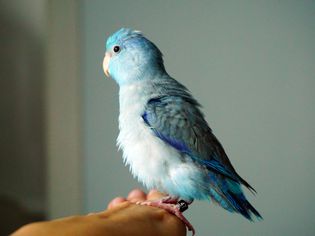
Common Health Problems
Gloster canaries should be kept away from drafts and any drastic temperature changes to avoid developing respiratory issues.
Aside from that, they can be prone to air sac, feather and red mites. Scaly face can also be a problem, and if they are housed outdoors, canarypox can be transmitted through mosquitoes.
Diet and Nutrition
A high-quality, pelleted canary diet is best for gloster canaries since seeds do not offer a complete and balanced meal on their own.
Fruits, vegetables, and millet should be provided in addition to the base diet, especially if seeds are fed.
Exercise
An aviary allows a canary to safely exercise and fly, but if a large enclosure like this is not available, some flight indoors in a safe environment should be allowed.
At the very least, a canary should be housed in a cage that is large enough to allow some flight yet still has small bar spacing. Plenty of perches of varying diameters along with toys should be provided.
Beautiful singing
Small
Good longevity for a small pet
Doesn't talk
Limited color options
Not a good option for handling
Where to Adopt or Buy a Gloster Canary
Gloster canaries are fairly long-lived so they may be found at bird rescues. Otherwise, since they are a very specific type of canary, a canary breeder is often your best bet for obtaining one.
The occasional bird store may have glosters, but more common canary types are more likely to be seen.
More Pet Bird Species and Further Research
If you’re interested in similar species, check out:
- Zebra Finch (Chestnut-eared Finch)
- Lovebird (Pocket Parrot)
RECOMMENDED NEWS
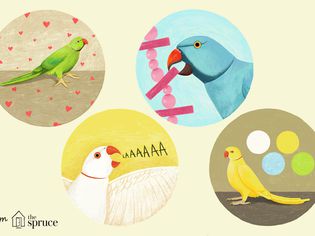
5 Fun Facts About Indian Ringneck Parakeets
Indian ringneck parakeets are quite popular companion birds, thanks in part to their beautiful colo...
Read More →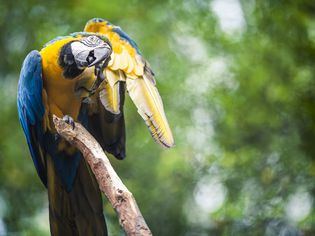
How to Identify and Get Rid of Parrot Lice
We know that birds are susceptible to many of the same health problems that can affect people, incl...
Read More →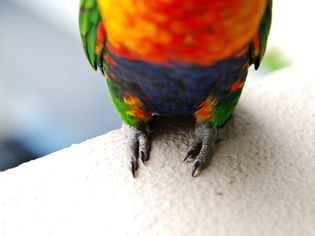
5 Signs Your Bird Needs a Nail Trim
Many bird owners agree that trimming a bird's nails isn't the easiest task. But it's necessary from...
Read More →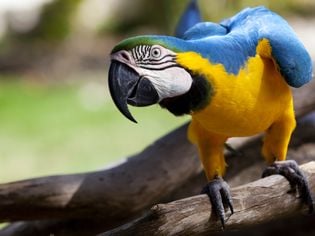
Psittacosis (Parrot Fever) in Birds
Also known as parrot fever or avian chlamydiosis, psittacosis is an avian disease that many bird ow...
Read More →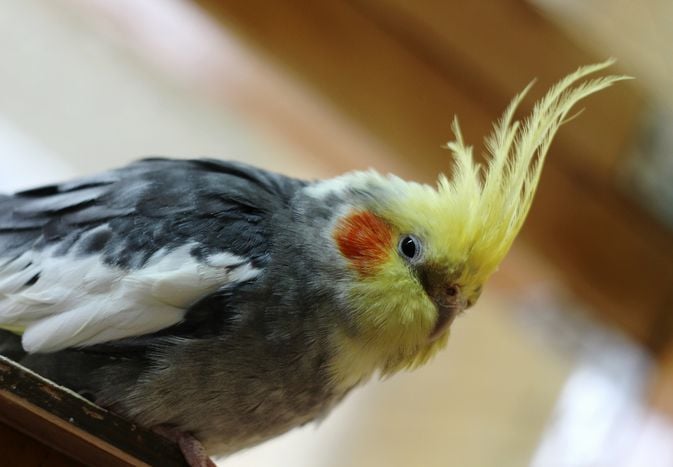
Egg-Binding In Birds
Egg-binding is a serious and sometimes fatal condition that affects female birds of breeding age. I...
Read More →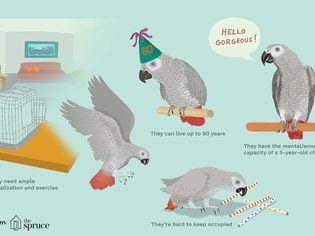
Facts About African Grey Parrots
If you've ever seen an African Grey parrot, then you know that they are beautiful birds, but di...
Read More →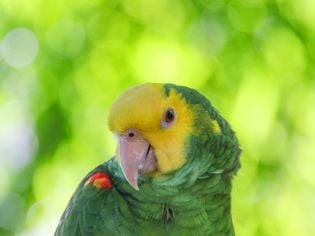
Double Yellow-Headed Amazon Parrot: Bird Species Profile
This medium-sized parrot with the lengthy name is one of the most popular pet species of the Amazon...
Read More →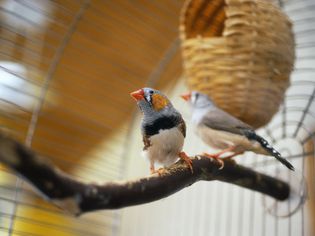
8 Top Gentle Pet Bird Species
While all pet birds have the capability to bite and cause a ruckus, certain species tend to be more...
Read More →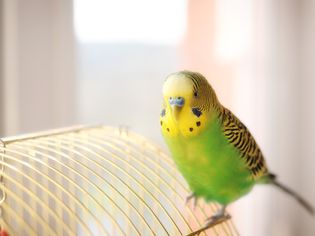
How to Translate Your Bird's Age Into Human Years
A bird's lifespan depends on the species since avian life expectancies widely vary, with large bird...
Read More →
Comments on "Gloster Canary: Bird Species Profile" :